By Erich B. Anderson
Byzantine Emperor Basil II suffered a massive defeat against the Bulgarians on August 17, 986, at a strategic mountain pass known as Trajan’s Gate in Bulgaria. In response, aristocratic rebels Bardas Sclerus and Bardas Phocas renewed their attempts to supplant Basil and seize the Byzantine throne for themselves. Surrounded by enemies both within and without the empire, Basil desperately needed help and turned to Prince Vladimir of Kiev. Vladimir not only sent 6,000 Varangian mercenaries to aid Basil, but also agreed to convert to Orthodox Christianity and accept baptism. His only price was the hand in marriage of Anna, the emperor’s sister. Because his need was so great, Basil reluctantly accepted the marriage of one of his own family members to a barbarian.
The Byzantine Greeks and the East Slavs referred to the Vikings who raided the eastern shores of the Baltic as Varangians. The Varangian mercenaries who entered the service of Basil in the winter of 987-988 were not the first to serve in the Byzantine army. For more than a century, Varangians had been traveling south from Scandinavia, mainly down major rivers in Eastern Europe like the Volga and the Dnieper, to reach the empire and serve in the army. Their leader, Rurik, had established himself in 862 at Novgorod, which lay the foundation for Kievan Russia, a loose federation of East Slavic tribes.
Even as far back as the middle of the 9th century, during the reign of Michael III, there were numerous Norsemen among the forces protecting the frontiers of the empire. The Byzantine military gladly accepted these recruits. However, the 6,000 warriors given to Basil by Vladimir were by far the largest contingent of Varangians to join the Byzantine army up to that point, and the first to directly enter the service of the emperor.
Basil immediately realized their worth as they helped him to not only end the rebellions of Bardas Sclerus and Bardas Phocas, but also played a vital role in the emperor’s successful campaigns against the Fatimids over the next 10 years. The Varangians then continued to fight under the leadership of Basil for the rest of
his reign. Their martial prowess impressed the emperor so much that he even replaced a regiment of imperial guardsmen known as the Excubitores with the Varangian contingent. When Basil died on December 15, 1025, the Varangians were the highest paid imperial guardsmen, and their unit had already become the main regiment of the imperial guard.
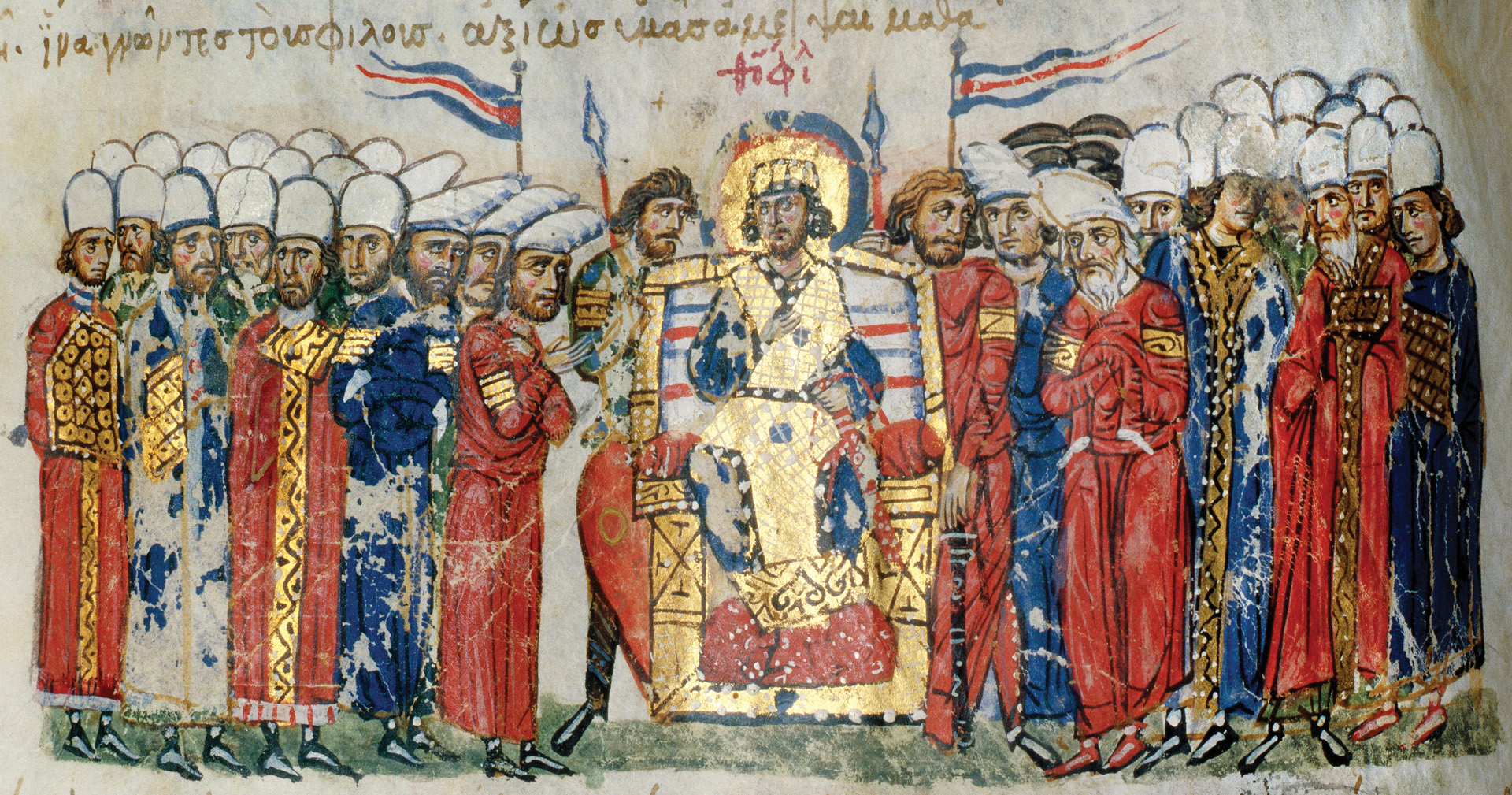
It was not long before word of the ferocity of the Varangians serving the Byzantine Empire spread from the Latin kingdoms of Western Europe to the Muslim lands of the Middle East. Since the Varangians had replaced the Excubitores, they most likely carried the bronze dragonhead sculpture of their predecessors as their standard; however, the dragon emblem was not how their enemies recognized them. Even though the Byzantines supplied the Varangians with the best arms, armor, and equipment available, most of them continued to use some of their own gear as well.
Chief among the weaponry the Varangians continued to use were their axes. The Varangians carried their axes with them so often that they were frequently referred to as the axe-bearers or axe-bearing barbarians; the Byzantines often called them pelekyphoroi, due to the Greek word pelekys, which means axe. The main axe used by the Varangians was the two-handed, single-edged Danish long axe. The blades of these axes were wide and slightly angled so that they could inflict horrendous wounds, which was the biggest reason that their enemies had come to know the Varangians for the weapon they carried more than anything else.
The Varangians fought with several other types of weapons, too, and they even used different kinds of axes, including smaller, one-handed ones similar to what other Byzantine soldiers carried. But axes were not the only weapons used by the Varangians. They also carried swords, spears, and javelins, while some used an old Roman pole arm weapon with a curved, scythe-like blade known as the rhomphaiai. The spears, javelin, and rhomphaiai were usually provided by the Byzantines; however, the swords of the Varangians, like their axes, came from their homelands. These Scandinavian swords were long, one-handed, double-edged weapons with pommels and hilts decorated with Viking or Germanic motifs. There were times that Varangians carried curved, single-edged, highly decorated Byzantine swords as well, but this practice was mostly limited to the officers of the unit.
The Byzantines almost always provided armor and shields for all of the Varangians. The Varangians were usually heavily armored, wearing some of the best lamellar, scale, and ringmail armor the Byzantines had to offer. The shields the Byzantines gave to the Varangians also were high quality. Initially these shields were round like their own Scandinavian ones; however, by the 11th century many Varangians used longer kite shields like the rest of the Byzantine army. Whenever the Varangians used large, two-handed weapons like their Danish long axes or rhomphaia, they would simply strap their shields on their backs.
In 1034, the same year that the Byzantine Emperor Romanos III died, the half-brother of the Norwegian King Olaf II, Harald Sigurdson (Hardrada), entered the Varangian Guard, along with the company of warriors who traveled with him. After his brother had been dethroned and died, Harald left Norway in exile and traveled through Sweden down to Kiev to reach the empire using the same path as many of his Viking predecessors.
Harald became one of the most famous Varangians to ever serve in the guard, fighting for several different emperors against many of the Byzatines’ enemies, including the Arabs, Normans, Bulgarians, and possibly even the Pechenegs. In 1041, for his military accomplishments in Sicily and Bulgaria, the Emperor Michael IV the Paphlagonian awarded him with the prestigious court dignity rank of Spatharokandidatos and in Norse sagas he also earned the title of Bolgara Brennir, meaning “Devastator of the Bulgarians.”
Even after all Harald had done for the Byzantine Empire, his service in the Varangian Guard ended in much controversy. On December 10, 1041, Michael IV died and Michael V Calaphates succeeded him. One of the first acts of the new emperor was to release the unpopular Byzantine General Georgios Maniaces from prison and restore him to power. Harald had served under Maniaces a few years before during the Sicilian campaign, and the two men were at odds with each other nearly the entire time. Luckily for Harald, Maniaces had fallen out of favor and been imprisoned by Michael IV for his arrogance, especially after the general had struck the highly respected Admiral Stephen in the head with a whip for letting an Arab commander escape after the Battle of Traina. Harald and his Varangians had sided with Stephen, and Maniaces never forgave them for it.
After Maniaces was released, the situation continued to worsen for Harald and his men. First, Michael V replaced the Varangians with a new unit of Scythians as his main personal guard. Then shortly afterward, Michael V imprisoned Harald for supposedly taking plunder that belonged to the emperor while on campaign. But after Michael V turned on his stepmother, the Empress Zoe, and the Patriarch Alexius, the common people and the majority of the army had had enough of the new emperor. The people declared Zoe and her sister, Theodora, as the new co-empresses, and the imperial palace was assaulted. The forces that remained loyal to Michael V were greatly outnumbered. In the chaos that ensued, the Varangians managed to release Harald from prison. When Michael V was eventually captured, the new rulers ordered Harald and his Varangians to carry out the terrible sentence of blinding the dethroned emperor.
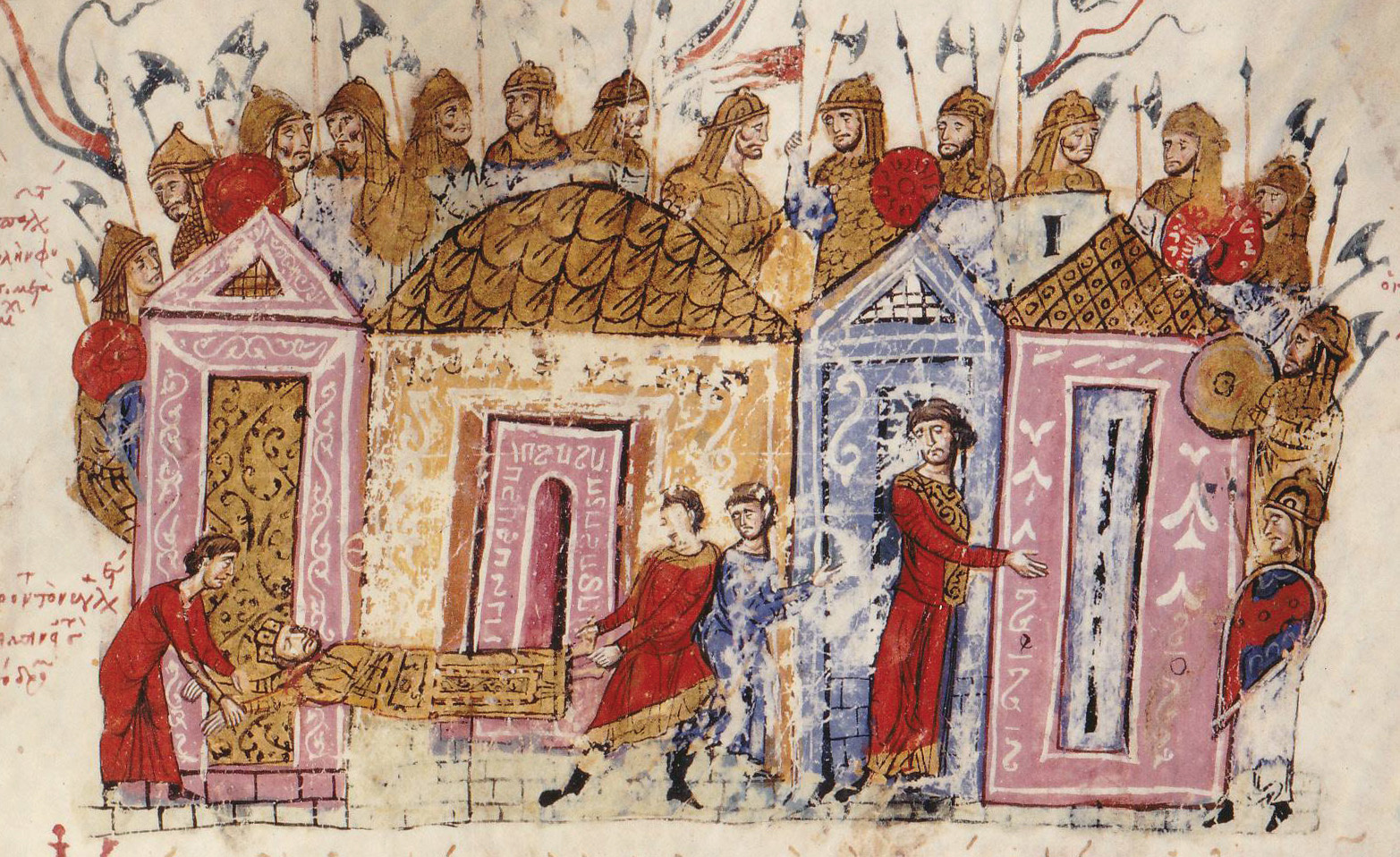
Zoe and Theodora reigned for a short period until Constantine IX Monomachus succeeded them in 1042. Harald was restored to his former position, and all of the charges against him were withdrawn. Regardless, he still wished to leave the empire when news reached him that his nephew Magnus had returned to Norway and ascended the throne. Constantine refused to allow Harald to leave, so the Varangian was forced to escape in secret. Harald later became king of Norway, and even though he had left without permission he had good relations with the Byzantines throughout his reign.
The blinding of Michael V was not the first time the Varangians were ordered to commit severe punishments nor was it the last. The Byzantines relied on the Varangians for these tasks due to their extreme loyalty and ferocious nature. Also, because of their status as foreigners the Varangians did not share the same aversion to orders such as arresting aristocrats or individuals with positions in the church. Yet, because they were so loyal and held honor to such a high esteem, the Varangians were also rewarded with special rights and privileges. Chief among these was their right to judge and punish offenders from within their ranks.
In contrast to stories of their ferocity, an example of the morality of the Varangians when forced to punish one of their own can be found in the Scylitzès Manuscript of the late 12th century, where during a Western Anatolian campaign in 1034 “a man of the Varangians, who were scattered in winter quarters in the Thrakêsion Thema, met a woman of the region in a private place and tempted her virtue; and when he could not get her to agree willingly he tried to rape her, but she got hold of a spear and struck him through the heart, killing him on the spot. When this deed became known through the neighborhood, the Varangians gathered together and honored the woman by giving her all the possessions of the man who had attempted to rape her, and they threw his body away without burial, according to the law regarding suicides.” Stories such as this one show that the Varangians were not just the bloodthirsty barbarians that many made them out to be, and although they would loyally carry out atrocious orders, they still lived by a code of ethics.
After the reign of Basil II, the Byzantine Empire began to gradually decline, especially the quality of the army. Yet, it was the native Byzantine soldiers that continually decreased in number, which meant that the empire increasingly relied upon foreign mercenaries such as the Varangians. In 1071, the Byzantine Empire faced a catastrophe from which it never recovered, which caused the deaths of thousands within the army, including many Varangians. The Seljuk Turks were a growing threat on the eastern border of the empire, gradually conquering Byzantine territory in Anatolia.
Therefore, the Byzantine Emperor Romanos IV decided to raise a large army and strike a decisive blow against them in 1068. The campaign was initially successful as the emperor managed to reclaim land around Pontus. The Varangians helped greatly in the campaign as a vital part of the force that managed to take Hierapolis. However, on August 19, 1071, Romanos led his forces against the Seljuks at Manzikert, and the Turkish commander Alp Arslan managed to annihilate almost the entire Byzantine army. Romanos was killed, along with nearly every Varangian guardsman who fought to protect him.
Regardless of the disaster at Manzikert, the Byzantine emperors that followed continued to use the Varangians as the main imperial guard regiment. Many Varangians had fallen in the battle, but a steady flow of warriors came to the empire in the years afterward to sufficiently replenish the unit. Although they were considered Varangian guardsmen, these new warriors came from a different land than the traditional origins of the guard. Up to that point, the vast majority of the Varangian Guard had come from Scandinavia, with a smaller number of Russian warriors who had decided to accompany the Vikings as they made their way through the Slav lands of Eastern Europe.
However, the new warriors joining the regiment added a third ethnicity to the Varangian Guard. In 1066, the Norman Duke William the Conqueror invaded England and defeated the Anglo-Saxons who lived there. With their lands taken from them, many English nobles left in exile, choosing the still luxurious Byzantine Empire as their destination. The Byzantine emperors gladly accepted the service of these dispossessed warriors and allowed many of them to join the Varangian Guard. Although they were of a different ethnicity than the traditional Varangians, the English Varangians also wielded axes, which allowed the guard to keep its image as savage, axe-bearing barbarians, the only difference being that the English preferred double-edged battleaxes instead of the traditional Danish long axes.
Even with the influx of English mercenaries joining the Byzantine army, the steady decline of the empire continued. The Byzantines had lost nearly all of Anatolia to the Seljuks in the east, and the Normans put increasing pressure on Byzantine territory in the west. On the other hand, the new English Varangians relished the chance to face the Normans, enthusiastically seeking revenge for the terrible defeat that caused them to lose their homeland.
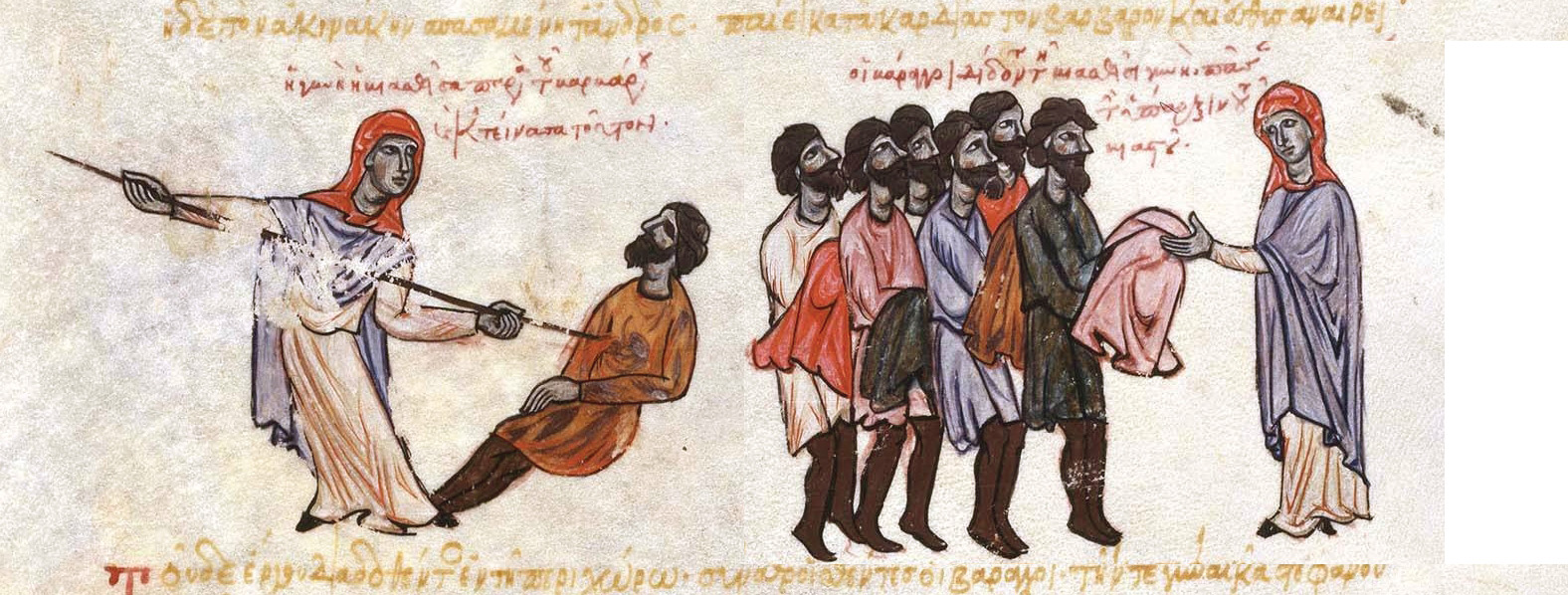
When the Norman commander Robert Guiscard invaded Byzantine territory in southern Italy, the Byzantine Emperor Alexios I Comnenos gathered an army of 50,000 troops to combat the invaders, including the Varangian Guard. The two armies met at Dyrrachium on October 18, 1081. In their eagerness to defeat their nemesis, the mostly English Varangians advanced on foot to attack the Norman wing. The Normans could not withstand the vigorous attacks of the Varangians, who managed to break through the enemy lines and cause the Normans to fall back. However, the Varangians had advanced so far that they were soon cut off from the rest of their forces.
Using this opportunity, the Normans quickly flanked the Varangians with their infantry and then charged into them from a different direction with their cavalry. In the ensuing slaughter, most of the Varangians were cut down. Those who managed to escape retreated to a nearby church. The Normans surrounded the building and set it on fire. A few Varangians climbed to the roof to escape the flames, but their weight eventually caved it in, causing nearly all of them to perish. Although defeated, Alexios managed to escape with a portion of his army. Those Varangians who managed to survive the Battle of Dyrrachium all died shortly after in another disaster, fighting against the Pechenegs at the Battle of Drastar in 1087.
Regardless of the failures at Dyrrachium and Drastar, Alexios and his Comneni successors were successful at restoring the Byzantine Empire to some of its former glory. Since the Varangian Guard had been decimated after Dyrrachium and Drastar, the regiment had to be completely rebuilt. Foreign mercenaries from England and Scandinavia continued to travel to the empire in search of wealth, so it was not long before the ranks of the Guard were replenished. The new Varangian Guard fought for Alexios against the Serbs and the Turks and was crucial in the effort to retake Nicaea with the help of the First Crusaders in 1097. Shortly afterward, Varangians helped Alexios reclaim much of Anatolia. In 1122, the Pechenegs invaded the empire and so the Byzantine Emperor John II Comnenos led an army to confront the invaders. At the Battle of Eski Zagra, after native Byzantine soldiers and Frankish mercenaries failed to break through the defensive lines the Pechenegs had formed with their wagons, John ordered his Varangian Guard to assault the enemy. The Varangians were incredibly outnumbered and supposedly faced 60 Pechenegs for every one Varangian, but the guard still managed to break through the enemy lines and achieve victory.
The Varangians continued to play a vital role in the military successes of the Byzantines throughout the 12th century against the Turks, Normans, and even the Latin Crusaders who had settled in the east. However, when the Byzantine Emperor Manuel I Comnenos led a campaign against the Turks in Anatolia, his army was ambushed on September 11, 1176, at the Battle of Myriokephalon. Even though Manuel managed to escape, nearly all of his Varangian Guard perished defending him. But just as before, the guard recruited new members and even took part in Manuel’s victory at Claudiopolis just three years later in 1179. Then, during the Fourth Crusade of 1203-1204, both the Varangian Guard and the Byzantine Empire were struck with another blow that neither was able to recover from. The Latin Crusaders had decided to sack Constantinople, and even though the Varangians fought until the very end, the Crusaders took the city when the last legitimate emperor fled on April 13. Without an emperor to defend, the Varangians surrendered.
Byzantine successor states were created in Nicaea and Epirus, but Latin emperors reigned in Constantinople for most of the 13th century; and each of these new states had their own Varangian Guard. However, during this period and even after the Byzantine Palaiologos dynasty came to power in 1261, the Varangian Guard were never held in the esteem they once possessed. Evidence of this was most clear when the Turks besieged the town of Ainos, which had a garrison of Varangians stationed within, in 1265.
In exchange for the captured Seljuk Sultan Azz-Ed-In, the Turks offered to end the siege, and the Varangians agreed to the terms. The Byzantine Emperor Michael VIII arrived the next day and was told what the Varangians had done. He was so furious that he not only had the Varangians flogged, but also forced them to wear women’s clothing and ride donkeys throughout the city of Constantinople, an insult that would have been unheard of by the Varangians of previous generations.
At the end of the 13th century, Varangians were used to reclaim Byzantine territory in the Balkans and Anatolia, but by the 14th century they were no longer used in military operations. Instead, the Varangians only participated in court ceremonies or functioned as both bodyguards for important individuals and city guards for Constantinople. This coincides with the fact that in the 14th and 15th centuries the empire was continually losing territory to the Turks and becoming weaker and weaker. The Byzantine Empire eventually fell in 1453, and it is possible that Varangians served the empire to the very end, but the last time the mercenaries were even mentioned was during the reign of Manuel II Palaiologos in 1404.
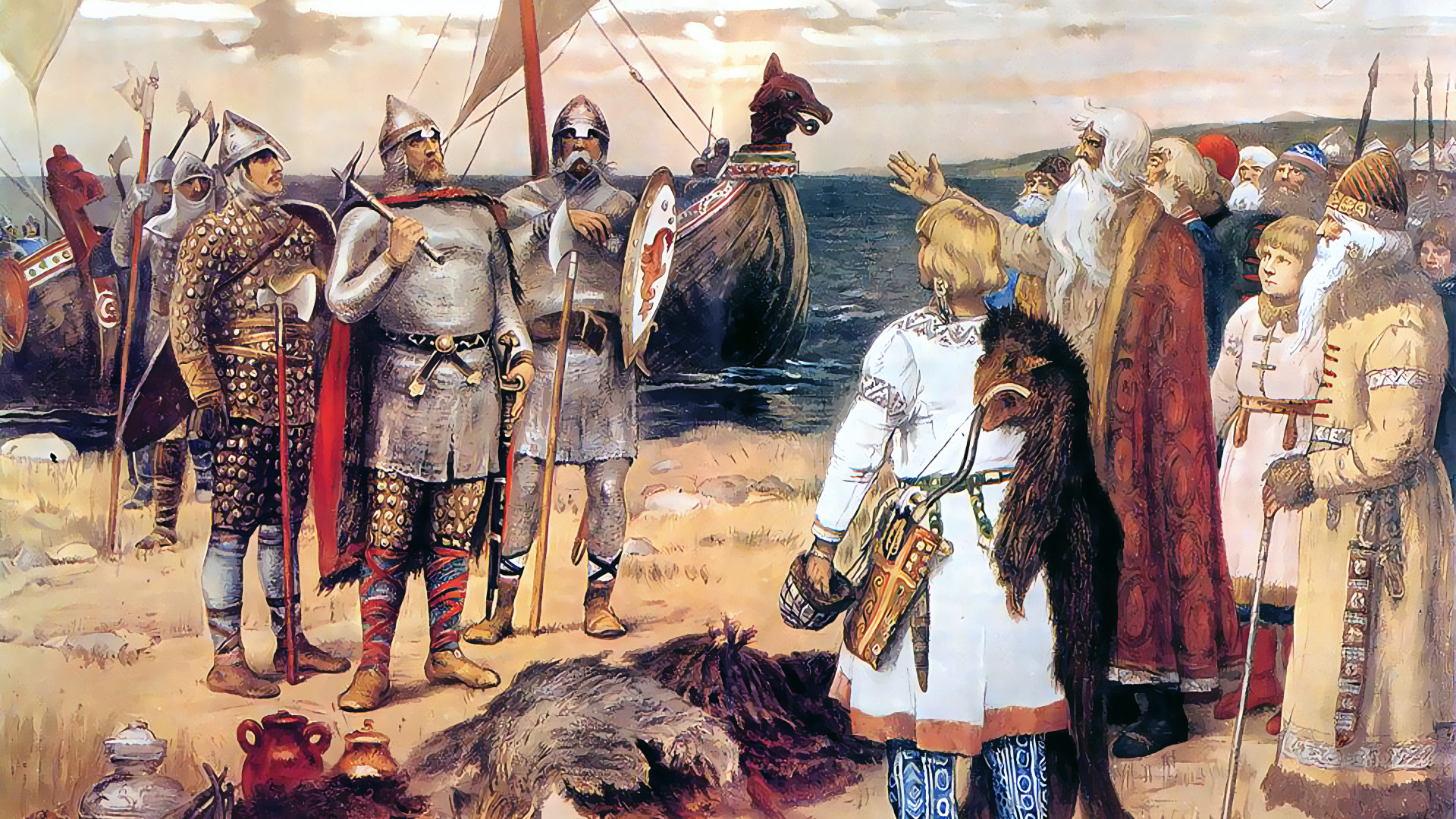
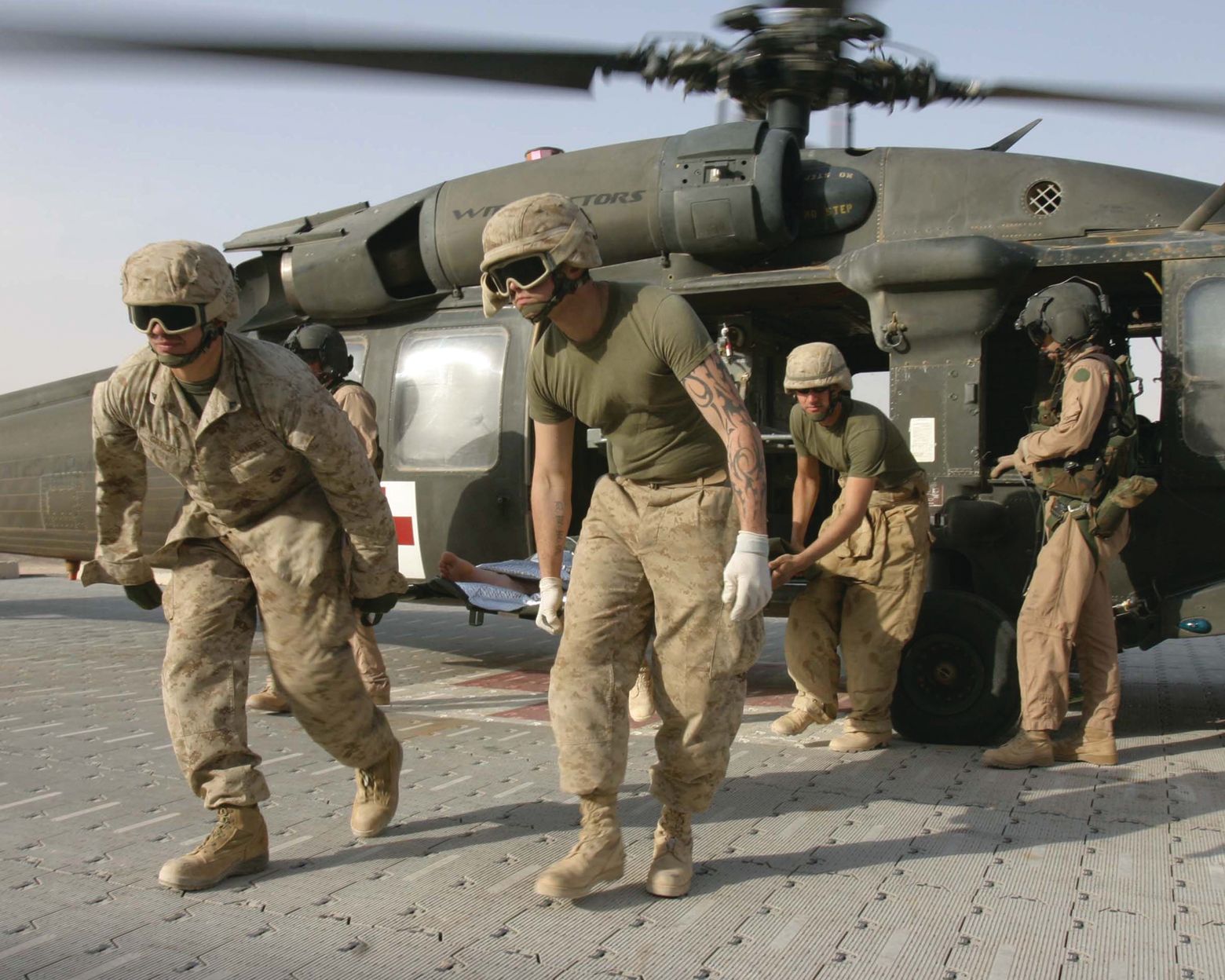
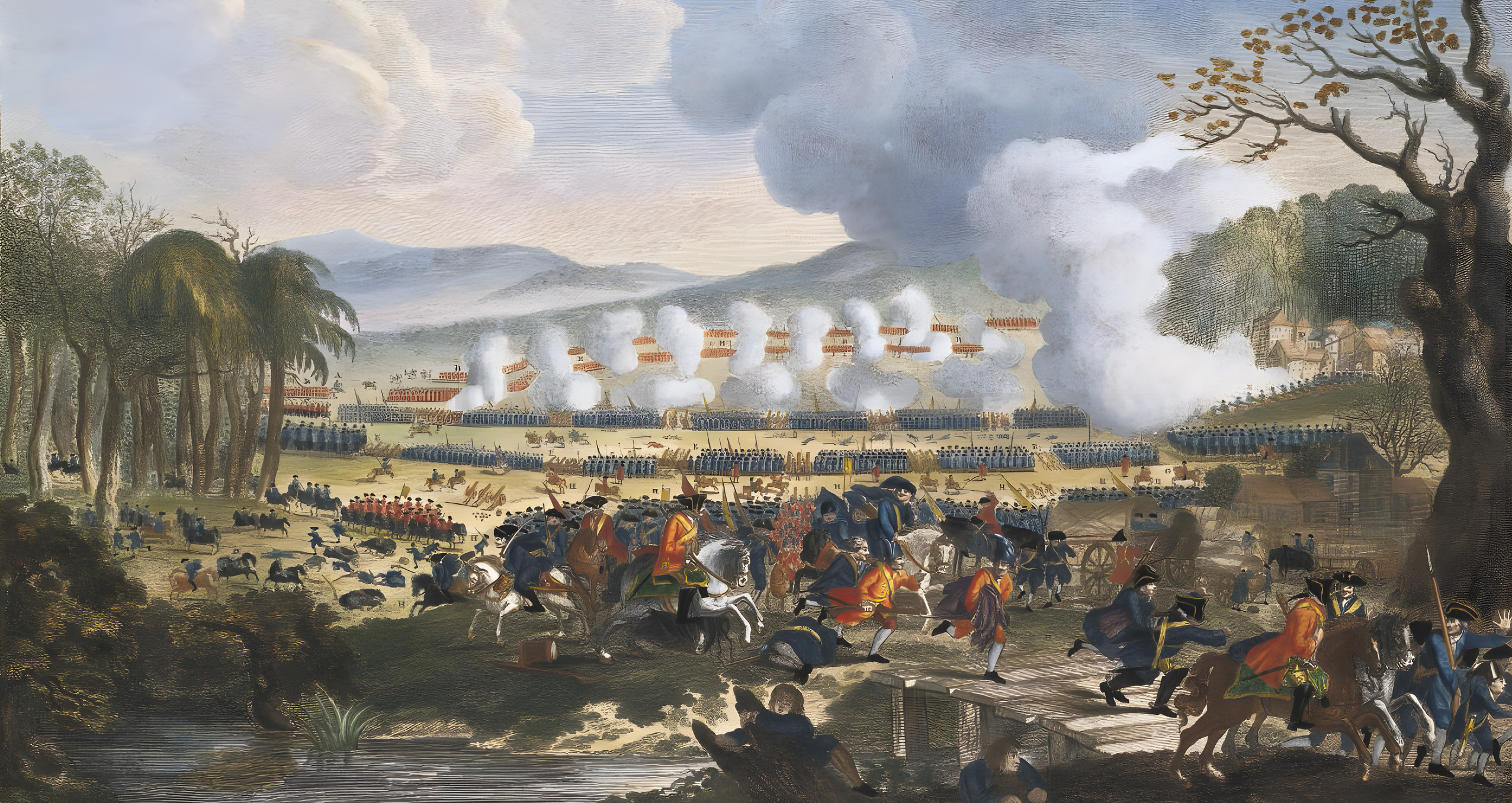
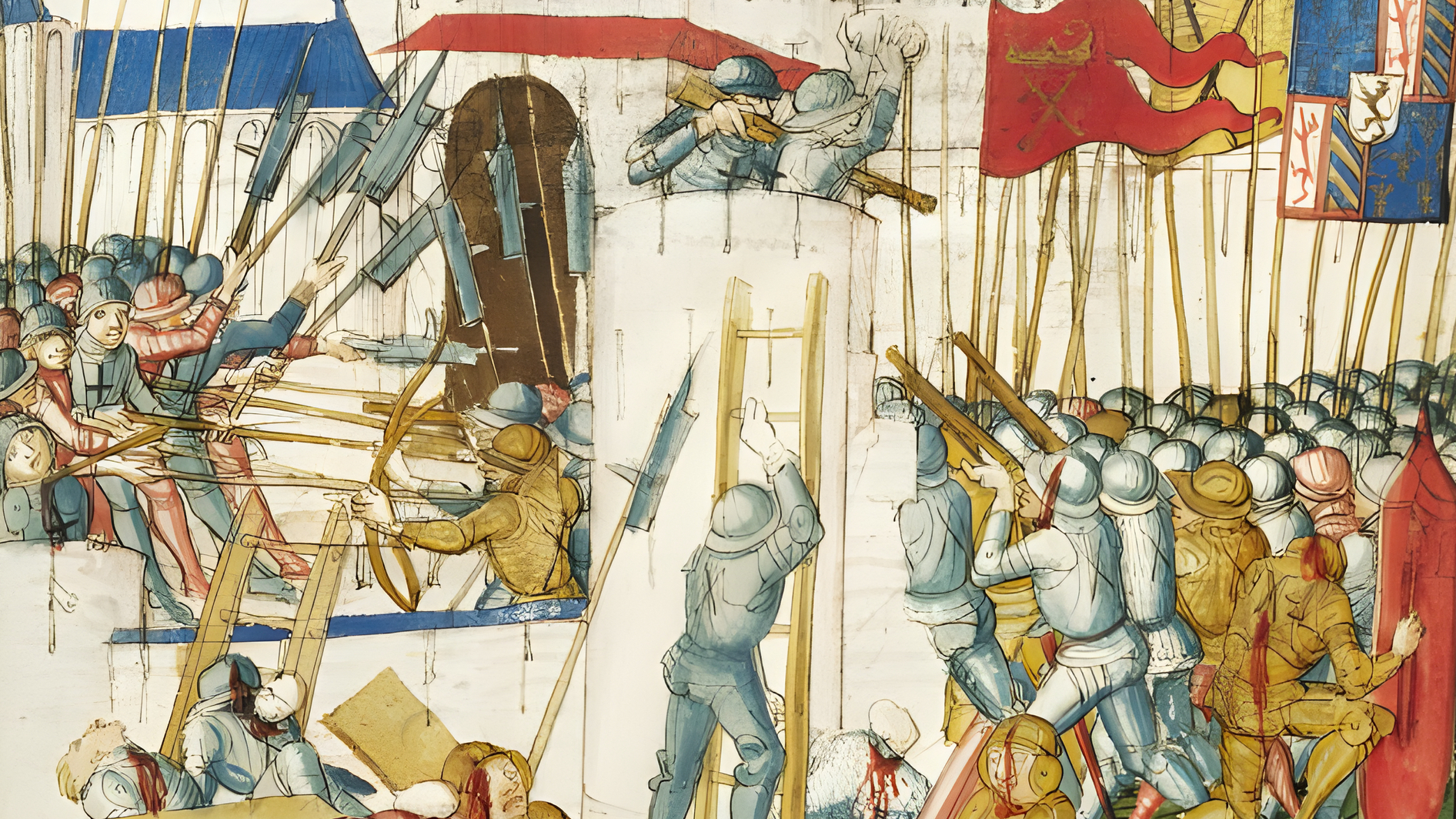
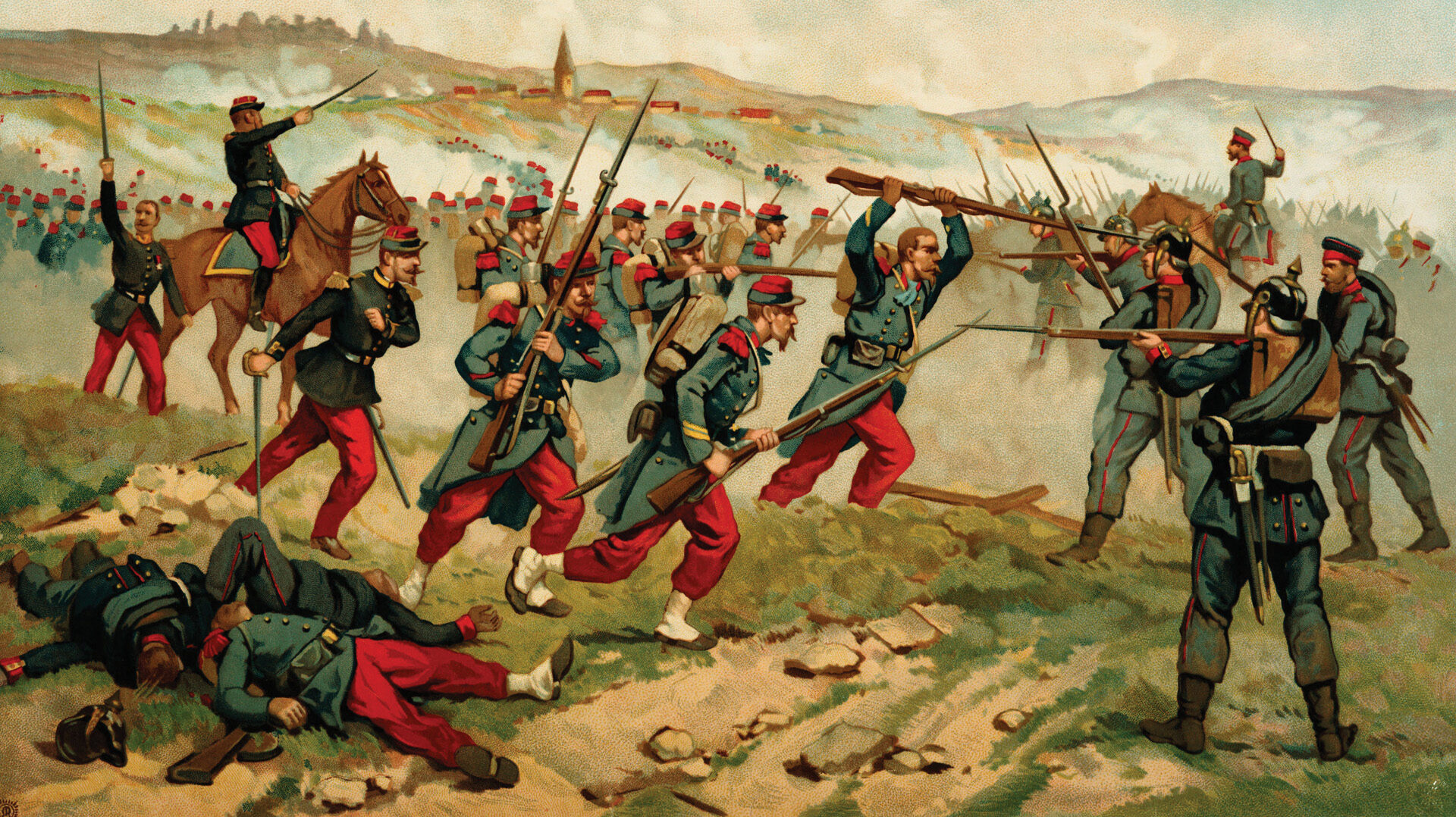
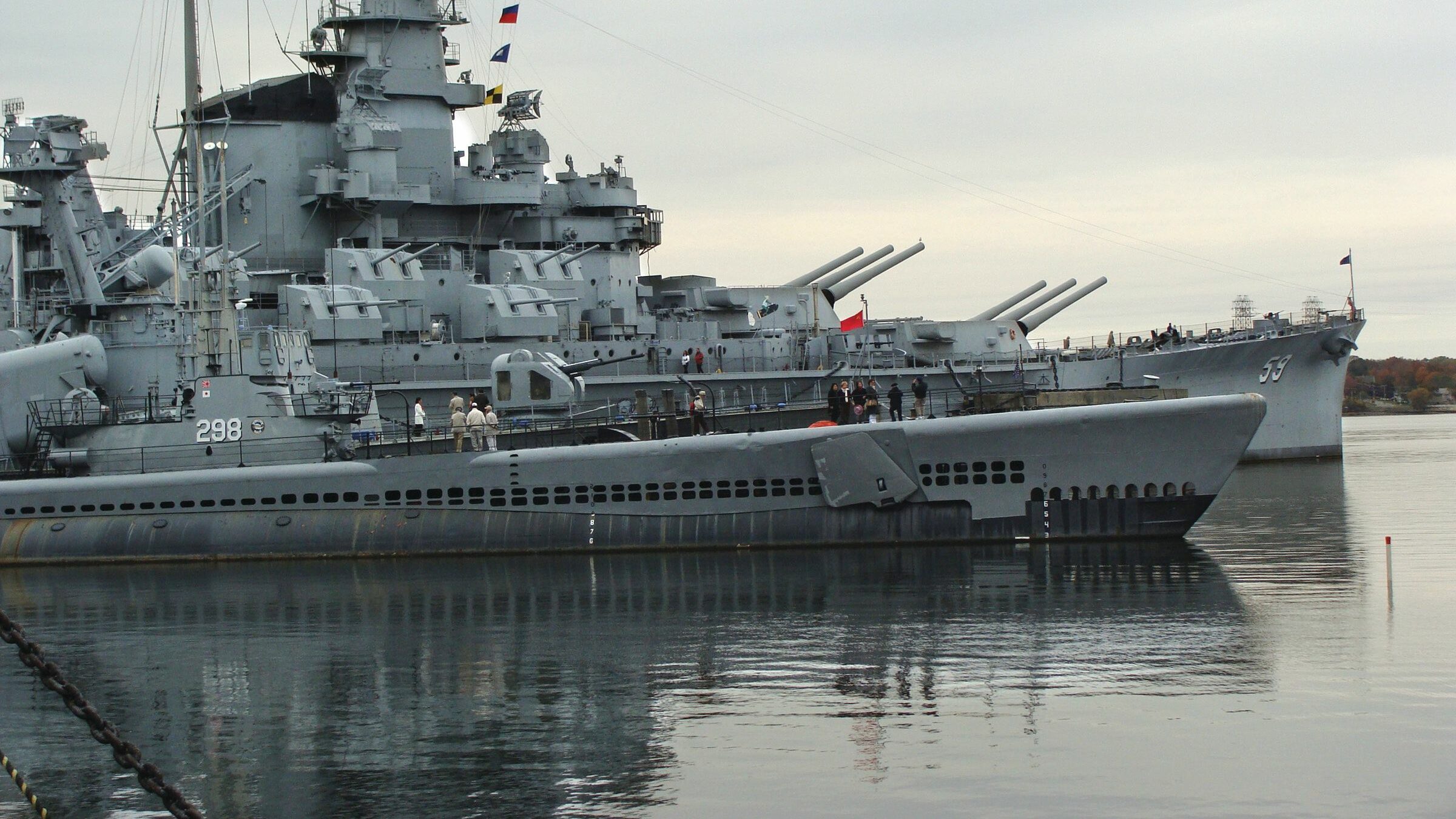
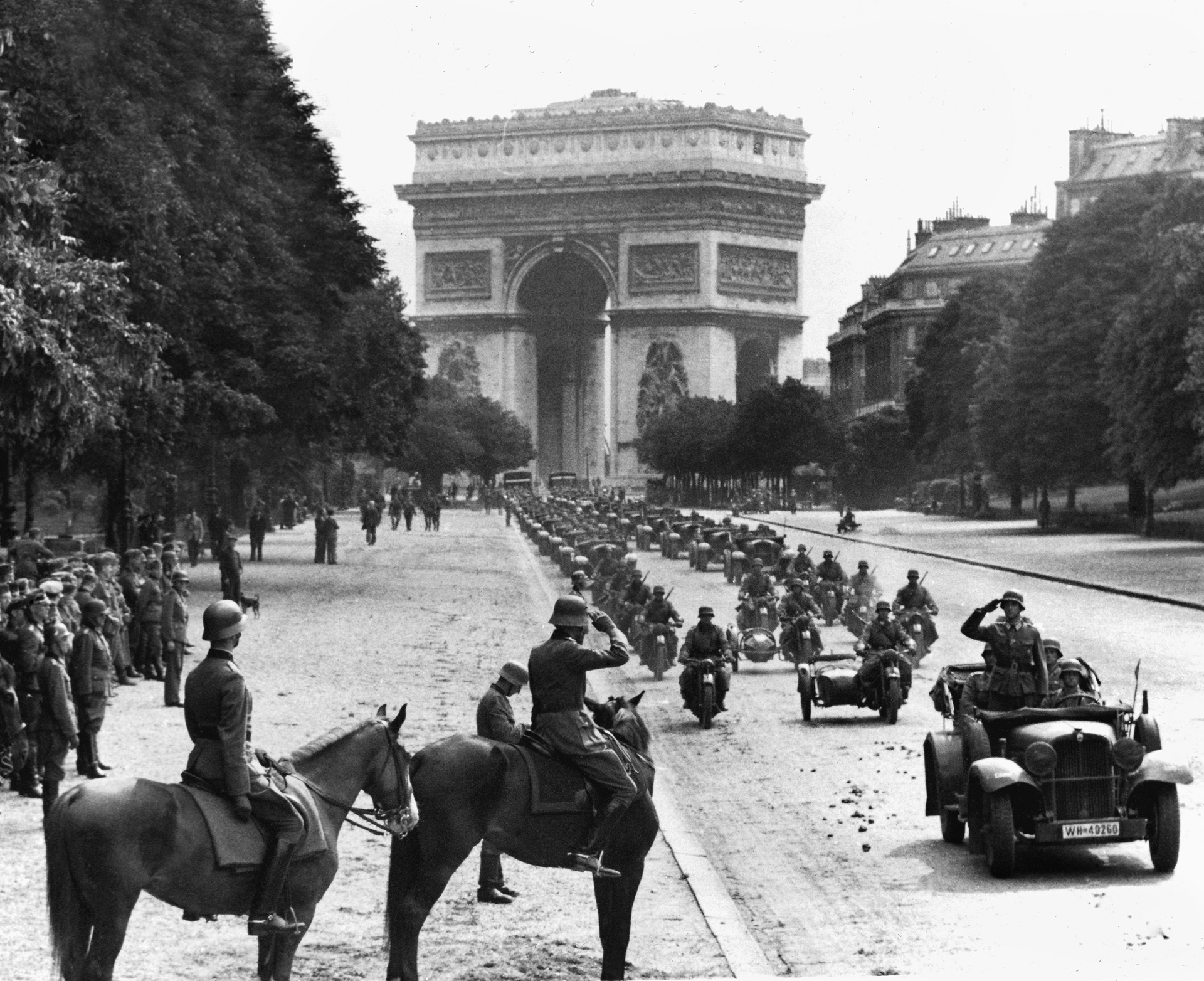
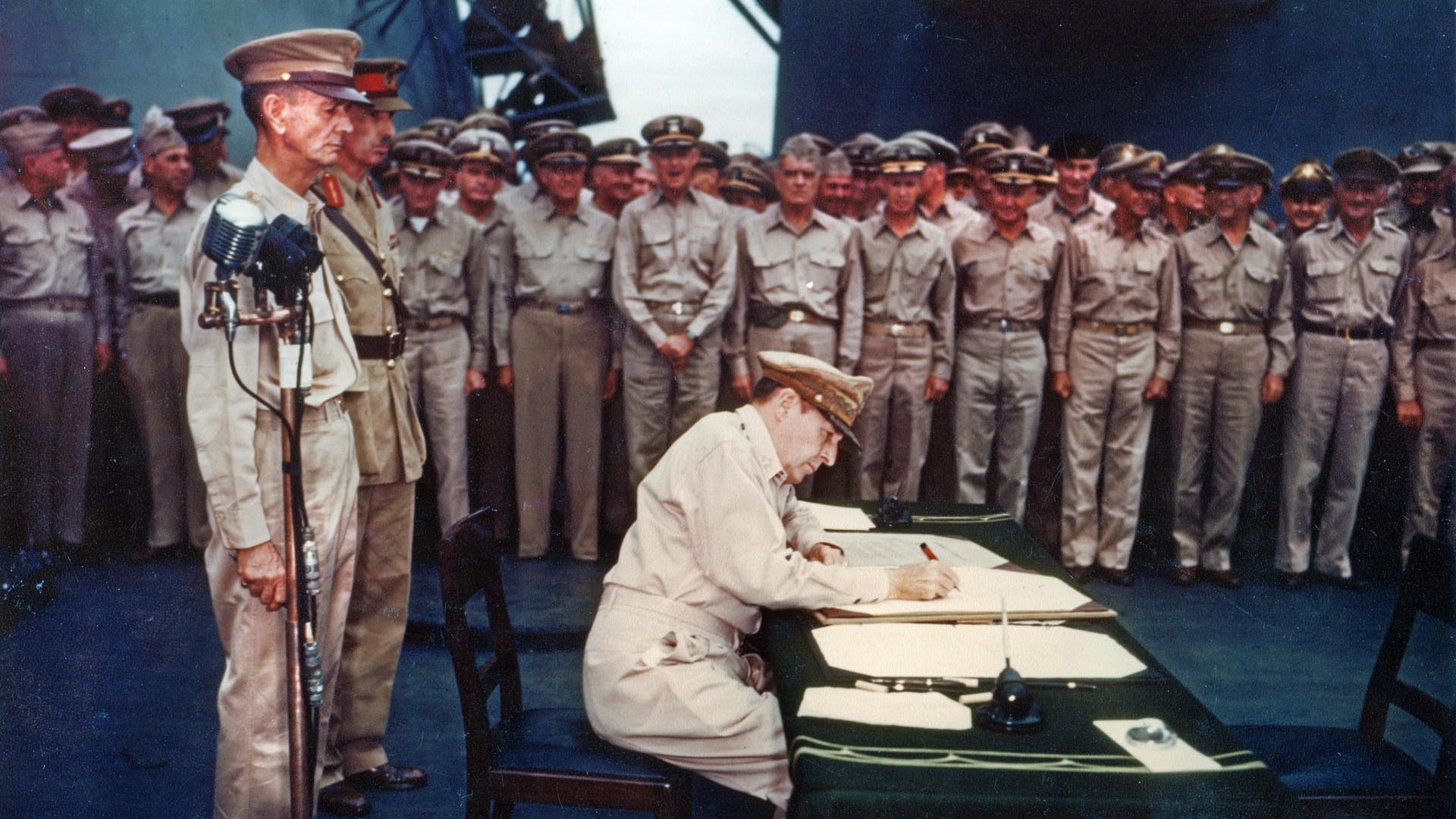
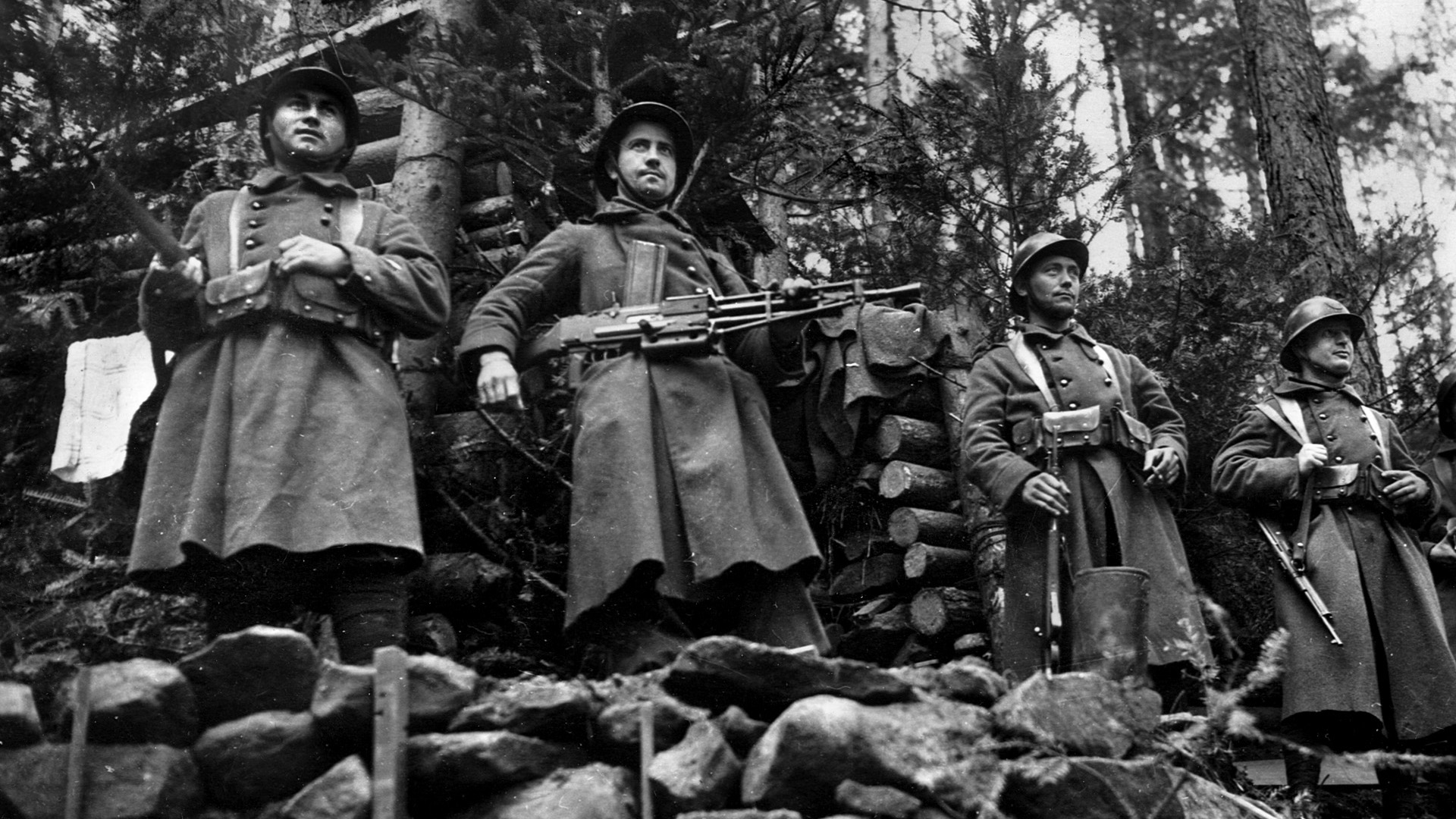
Join The Conversation
Comments
View All Comments